Jenny Lehman in Discover Magazine:
 Most of us wouldn’t consider the Middle Ages the epitome of medical sophistication, thanks to our perception of their barbaric and (from a modern perspective) ridiculous strategies for helping the ill. But against all prejudices, medieval medicine was actually more advanced and science-based than we might think.
Most of us wouldn’t consider the Middle Ages the epitome of medical sophistication, thanks to our perception of their barbaric and (from a modern perspective) ridiculous strategies for helping the ill. But against all prejudices, medieval medicine was actually more advanced and science-based than we might think.
A team of researchers from the State University of New York at Binghamton, Fordham, St. Andrews, Utrecht, and Oslo dug through hundreds of medieval manuscripts and compiled their findings into a catalog that updates our assumptions about medical practices during the early Middle Ages, often labeled the Dark Ages. And given the current surge of alternative or natural wellness tips on social media, it may come as no surprise in the everything-old-is-new-again world of popular culture that medieval knowledge is making a comeback on platforms like TikTok.
More here.
Enjoying the content on 3QD? Help keep us going by donating now.

 On one side, advocates for legalised assisted dying invoke patients’ rights to make their own medical choices. Making it possible for doctors to assist their patients to die, they propose, allows us to avoid pointless suffering and to die ‘with dignity’. While assisted dying represents a departure from recent medical practice, it accords with values that the medical community holds dear, including compassion and beneficence.
On one side, advocates for legalised assisted dying invoke patients’ rights to make their own medical choices. Making it possible for doctors to assist their patients to die, they propose, allows us to avoid pointless suffering and to die ‘with dignity’. While assisted dying represents a departure from recent medical practice, it accords with values that the medical community holds dear, including compassion and beneficence. Researchers have been sneaking secret messages into their papers in an effort to trick artificial intelligence (AI) tools into giving them a positive peer-review report.
Researchers have been sneaking secret messages into their papers in an effort to trick artificial intelligence (AI) tools into giving them a positive peer-review report. The press cycle preceding Lorde’s new album, Virgin, was one of the most scrutinized of its kind in some time. She has been pressed, during junkets, for more information after saying she doesn’t feel like a man or woman. Fans, editors, and news aggregators gobble up the two or three throwaway lines published in short profiles in magazines like Rolling Stone, Vogue, and GQ. No one mentions the journalists soliciting these quotes—unless fans take them to task for portraying their idols in a negative light. Hero worship can easily obscure the dirt beneath the mythology of a pop star.
The press cycle preceding Lorde’s new album, Virgin, was one of the most scrutinized of its kind in some time. She has been pressed, during junkets, for more information after saying she doesn’t feel like a man or woman. Fans, editors, and news aggregators gobble up the two or three throwaway lines published in short profiles in magazines like Rolling Stone, Vogue, and GQ. No one mentions the journalists soliciting these quotes—unless fans take them to task for portraying their idols in a negative light. Hero worship can easily obscure the dirt beneath the mythology of a pop star.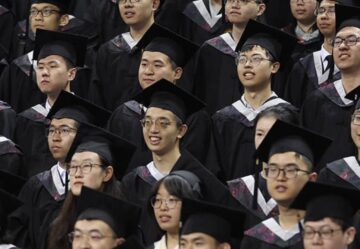 Around the world, governments are racing to build world-class universities. From Germany’s Exzellenzinitiative to India’s “Institutes of Eminence,” the goal is the same: to cultivate institutions that attract and nurture top global talent, conduct cutting-edge research, and drive innovation and growth. But the stakes are particularly high in the United States and China, given the escalating competition between the world’s two largest economies.
Around the world, governments are racing to build world-class universities. From Germany’s Exzellenzinitiative to India’s “Institutes of Eminence,” the goal is the same: to cultivate institutions that attract and nurture top global talent, conduct cutting-edge research, and drive innovation and growth. But the stakes are particularly high in the United States and China, given the escalating competition between the world’s two largest economies. My faith first wavers
My faith first wavers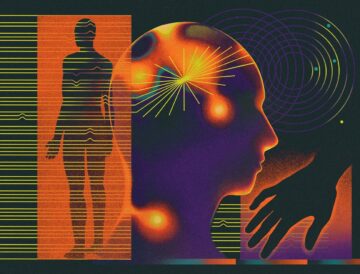 Keith Krehbiel lived with Parkinson’s disease for nearly 25 years before agreeing to try a brain implant that might alleviate his symptoms. He had long been reluctant to submit to the surgery. “It was a big move,” he says. But by 2020, his symptoms had become so severe that he grudgingly agreed to go ahead.
Keith Krehbiel lived with Parkinson’s disease for nearly 25 years before agreeing to try a brain implant that might alleviate his symptoms. He had long been reluctant to submit to the surgery. “It was a big move,” he says. But by 2020, his symptoms had become so severe that he grudgingly agreed to go ahead. Not long ago, Dr. Richard Menger, a neurosurgeon, was ready to operate on a 16-year-old with complex scoliosis. A team of doctors had spent months preparing for the surgery, consulting orthopedists and cardiologists, even printing a 3D model of the teen’s spine. The surgery was scheduled for a Friday when Menger got the news: the teen’s insurer, Blue Cross Blue Shield of Alabama, had denied coverage of the surgery.
Not long ago, Dr. Richard Menger, a neurosurgeon, was ready to operate on a 16-year-old with complex scoliosis. A team of doctors had spent months preparing for the surgery, consulting orthopedists and cardiologists, even printing a 3D model of the teen’s spine. The surgery was scheduled for a Friday when Menger got the news: the teen’s insurer, Blue Cross Blue Shield of Alabama, had denied coverage of the surgery.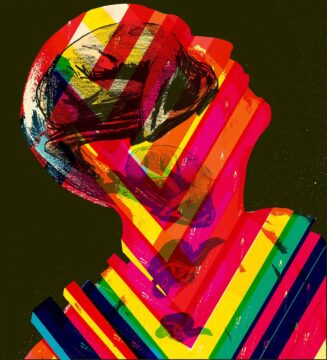 “It appears early life got trapped in a minima of metabolic efficiency. Everything on that planet is starving. Meaning they can’t run their brains for a full day-night cycle. So they just… turn themselves off. Their consciousness dies. Then they reboot with the same memories in the morning. Of course, the memories are integrated differently each time into an entirely new standing consciousness wave.”
“It appears early life got trapped in a minima of metabolic efficiency. Everything on that planet is starving. Meaning they can’t run their brains for a full day-night cycle. So they just… turn themselves off. Their consciousness dies. Then they reboot with the same memories in the morning. Of course, the memories are integrated differently each time into an entirely new standing consciousness wave.”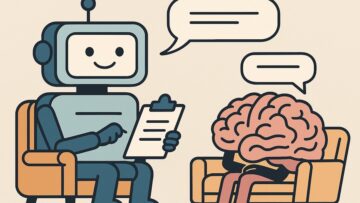 Recently, I found myself pouring my heart out, not to a human, but to a chatbot named Wysa on my phone. It nodded – virtually – asked me how I was feeling and gently suggested trying breathing exercises.
Recently, I found myself pouring my heart out, not to a human, but to a chatbot named Wysa on my phone. It nodded – virtually – asked me how I was feeling and gently suggested trying breathing exercises. The Democratic Party is in crisis, and it goes far beyond the stereotypical “Dems in Disarray” headlines. The party’s popularity numbers are abysmal: a
The Democratic Party is in crisis, and it goes far beyond the stereotypical “Dems in Disarray” headlines. The party’s popularity numbers are abysmal: a  As it emerged after the overthrow of Reconstruction, when black voices were again being silenced in public and civic spheres, the blues became an alternative form of communication. As Shelby “Poppa Jazz” Brown reminded the noted folklorist William Ferris,
As it emerged after the overthrow of Reconstruction, when black voices were again being silenced in public and civic spheres, the blues became an alternative form of communication. As Shelby “Poppa Jazz” Brown reminded the noted folklorist William Ferris, I
I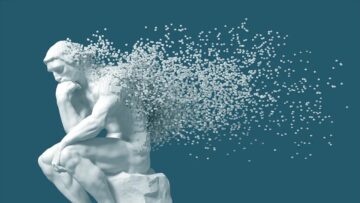 In this wide-ranging interview, Paul Bloom explores how our best qualities, reason, morality, and compassion, can be paradoxically undercut by the very forces meant to protect them. Looking at his work on Perversity, he reveals the tightrope between chaos and autonomy, making human goodness not just aspirational but fragile, easily distorted, often misunderstood, and vulnerable to both logic and emotion when taken to extremes.
In this wide-ranging interview, Paul Bloom explores how our best qualities, reason, morality, and compassion, can be paradoxically undercut by the very forces meant to protect them. Looking at his work on Perversity, he reveals the tightrope between chaos and autonomy, making human goodness not just aspirational but fragile, easily distorted, often misunderstood, and vulnerable to both logic and emotion when taken to extremes.